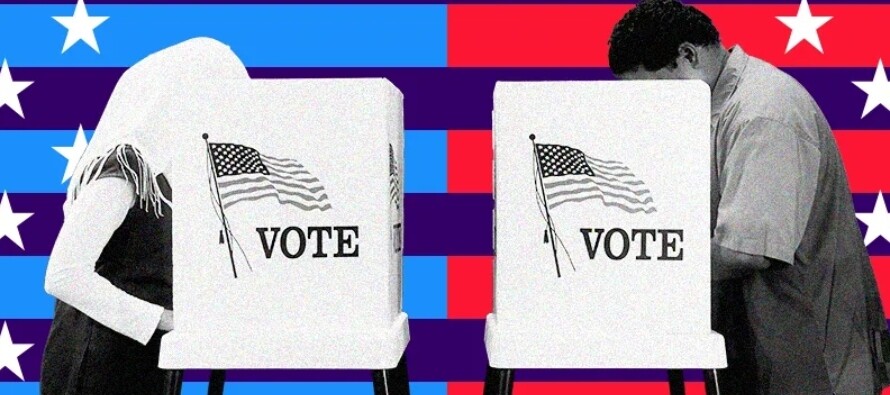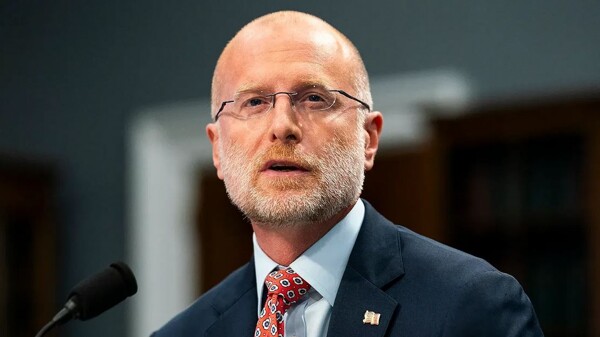
To win the elections and become President of the United States, a candidate needs to secure 270 votes or more in the Electoral College. Their running mate becomes Vice President. Each state has a specific number of electoral votes assigned that roughly corresponds to its population. California has the most, with 54, while sparsely populated states like Wyoming, Alaska, and North Dakota, as well as the capital Washington DC, have only three votes. Almost always, each state awards all its Electoral College votes to the candidate who has won in that territory, that is, the one who has received the majority of the state’s popular vote. This means that a candidate who narrowly wins a state receives the same number of electoral votes as if they had done so by a landslide majority.
In U.S. presidential elections, the winner may not be the candidate with the most popular votes, due to the Electoral College system, which is responsible for electing the president in the country. This system comprises a total of 538 votes. Instead of a nationwide contest, elections are contested state by state. Winning a state ensures the candidate all the electoral votes from that state in the Electoral College, allowing a candidate to win the election without obtaining the majority nationwide, but by winning in key states.
The Electoral College is made up of electors, who cast the state votes on behalf of their states. Although theoretically, in some states electors could vote for a candidate different from the popular vote winner, in practice they rarely do so. "Faithless" electors are those who vote against the presidential candidate who won in their state. In 2016, seven Electoral College votes were cast this way, but they did not affect the outcome of the election. In the event of a tie in the Electoral College, the presidency is decided by the House of Representatives, although this has only happened once in 1824.
The Electoral College system was created due to the difficulties of conducting a national popular vote in a vast country with communication limitations during the drafting of the U.S. Constitution in 1787. Despite its advantages such as maintaining the relevance of small states and focusing campaigns on key states, it also presents disadvantages like the possibility of the popular vote winner losing the election. "Swing states" are those in dispute that change from one party to another in each election, concentrating candidates' attention on these decisive states. "Fake electors" is a phenomenon that arose in 2020 when certain groups tried to invalidate the election results by creating their own electors in some states.














